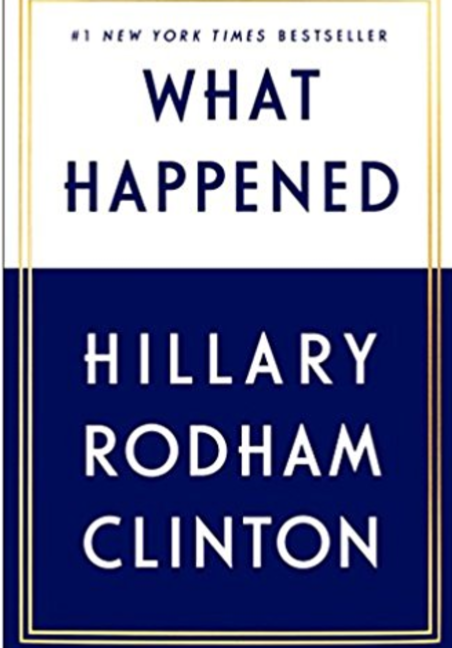Cinema as Therapy by John Izod and Joanna Dovalis
This book review originally appeared in The Academy Forum published by the American Academy of Psychoanalysis and Dynamic Psychiatry Vol.62, Number 2, Fall 2017
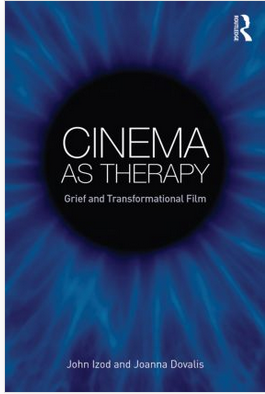 Cinema As Therapy: Grief and Transformational Film by John Izod and Joanna Dovalis, published by Routledge, London and New York 2015
Cinema As Therapy: Grief and Transformational Film by John Izod and Joanna Dovalis, published by Routledge, London and New York 2015
Reviewed by Michael Blumenfield, M.D.
Dr. Blumenfield is a Past President of the American Academy of Psychoanalysis and Dynamic Psychiatry and regularly reviews movies at FilmRap.net
This book discusses the following 9 films:
Birth (2004)
Tsotsi (2005)
Million Dollar Baby (2004)
Trois Couleurs: Bleu (1993)
Trois Couleurs: Blanc (1994)
Trois Couleurs: Rouge (1994)
The Son’s Room (2001)
Spring, Summer, Autumn, Winter… and Spring (2003)
Morvern Callar (2002)
The Tree of Life (2011)
I am listing all the films covered because unless you are intimately familiar with these movies (which I was not), I believe it will be very difficult for you to appreciate and follow the detailed discussion of each of them in this book.The authors carefully dissect each movie, often scene by scene, sometimes discussing the camera angles, the music, certainly the dialogue (sometimes word by word), and most important their detailed understanding of the psychodynamics of each character and their interaction with each other. There are frequent references to psychoanalytic writings with a heavy emphasis on Jung.
The difference between this type of an approach compared to a case study is that the latter would be presented in an organized manner where we might have a context to examine the details. In this book, the author assumed that their interpretations and their psychodynamic formulations are correct and they continually build and elaborate on them in their ongoing dissection and discussion of the movie. We have to accept that their understanding of every nuance is valid. Did the screenwriter who created the characters and storyline consciously plan every symbolic twist and turn of the story, choice of phrase, meaningful color of clothes or sky or flowers, appearance of animals or birds, all of which were interpreted by the author of this book as having special meaning. Even if we assume that the psychodynamics are flowing from the unconscious of the screenwriter and director, we still have to do a reality check on how movies are actually made. Sometimes the clothes chosen by wardrobe people based on availability as might be a particular location, which may not be chosen because of symbolic meaning. The red color of the sky may be an artistic coincidence and not a symbolic choice to express anger, etc.
Even if what I believe is a great deal of over interpretation was valid, it would be difficult to understand most of it without knowing the past history and insight into each character. When we are studying a case history in a conference or supervision, the presenter has given us a context by providing the background (parents, youth, previous interaction, etc.) and usually an insight into a psychodynamic formulation, which the presenter wishes us to consider. If we are treating a patient and are formulating our understanding of the psychodynamics, we do this through a process of learning past history and early relationship, transference manifestation and the patient’s response to our interpretations. This is in contrast to having the author unfold a movie story and provide detailed interpretation of nearly every piece of behavior which is unfolding before us on the screen without a previous context.
In the introduction to this book, the authors note that they have chosen to emphasize grief in cinema and they imply (as does the title of the book) that cinema can be used in grief therapy. They seem to be suggesting that transformation and perhaps working through might be achieved by cinema. They note that film allows the viewer to more freely surrender themselves to their feelings. They elaborate that the audience might share a common trait with the character in the movie, which evolves into particular patterns of grieving caused by a devastating and undigested loss. The idea would appear to be that the movie experience would be therapeutic in working through the grief. While some of the movies discussed in the book did have grieving and loss as part of the theme, I did not feel that the authors returned to this idea in any depth in showing how viewing the film might be therapeutic to the audience.
Having said all of the above, I do believe it would be a wonderful experience to attend the movie with the authors and have a subsequent discussion with them about the film that we just experienced. I also believe that the authors would be ideal teachers to discuss the film that students or colleagues who have all viewed the film and could interact with each other about their interpretations. This book could be a textbook for a psychoanalytic class that was going to study one of the movies and have a sophisticated dialogue about possible psychodynamic interpretations. It would be even more of a challenging endeavor if a psychoanalyst would embark upon teaching a group of film students about psychodynamics and use this book and the particular movies as subject matter. In addition, it certainly would be fascinating if the authors could present clinical material where a movie had become a therapeutic experience to a particular patient in helping them work through their grief or other issues.
To purchase this book on Amazon please click here

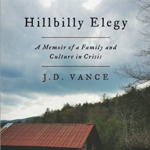
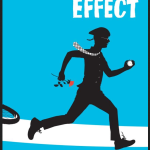

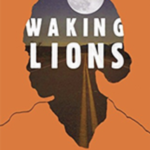

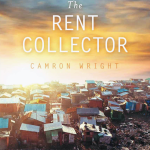
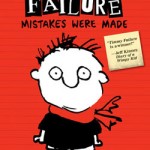
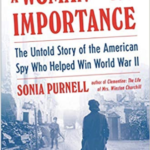
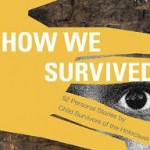
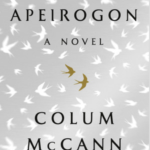



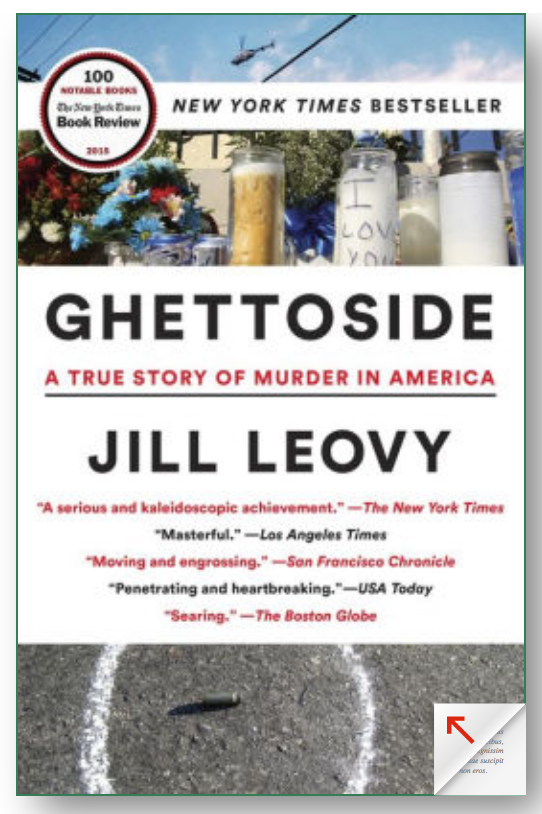 Ghettoside by Jill Leovy
Ghettoside by Jill Leovy